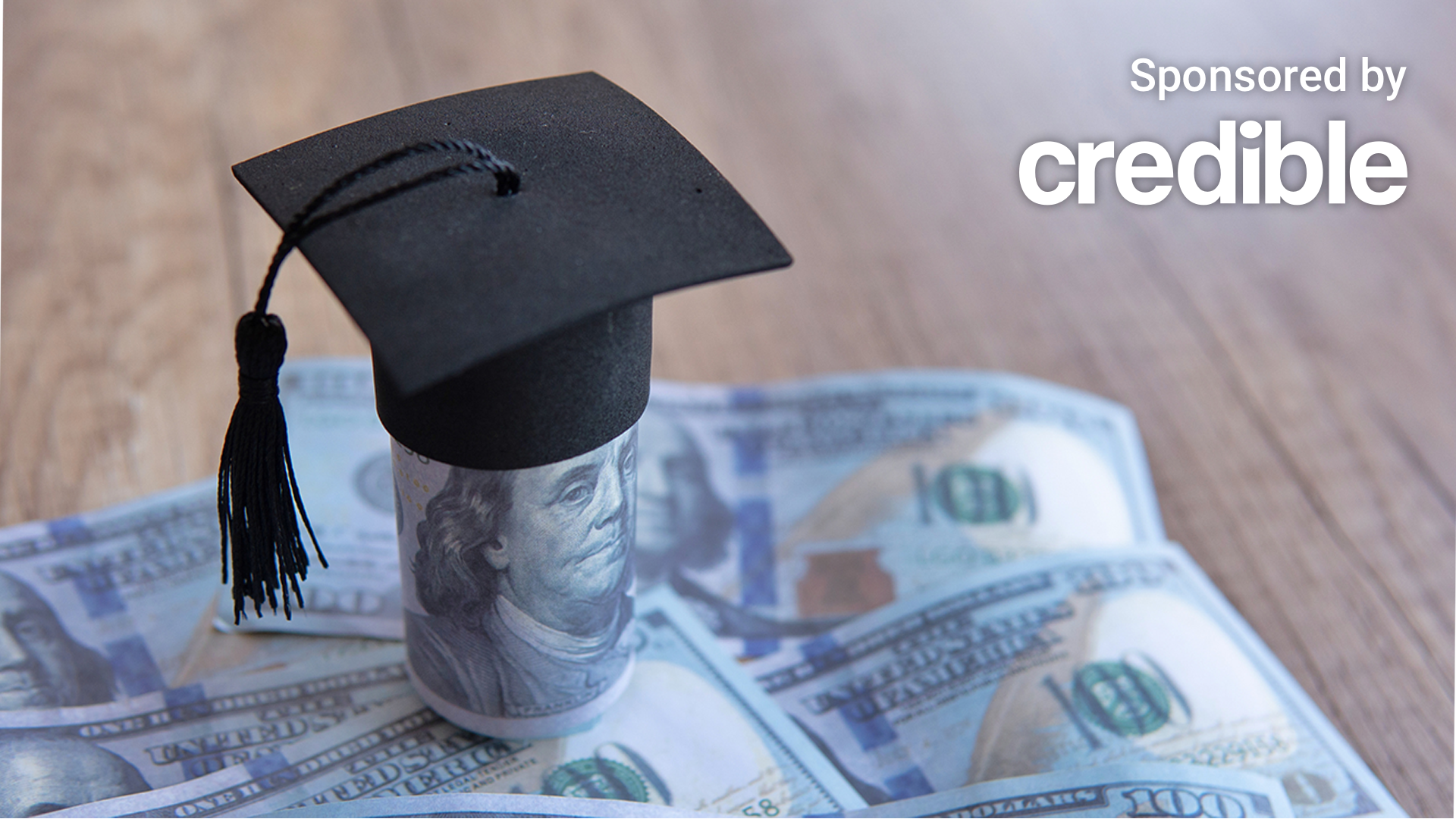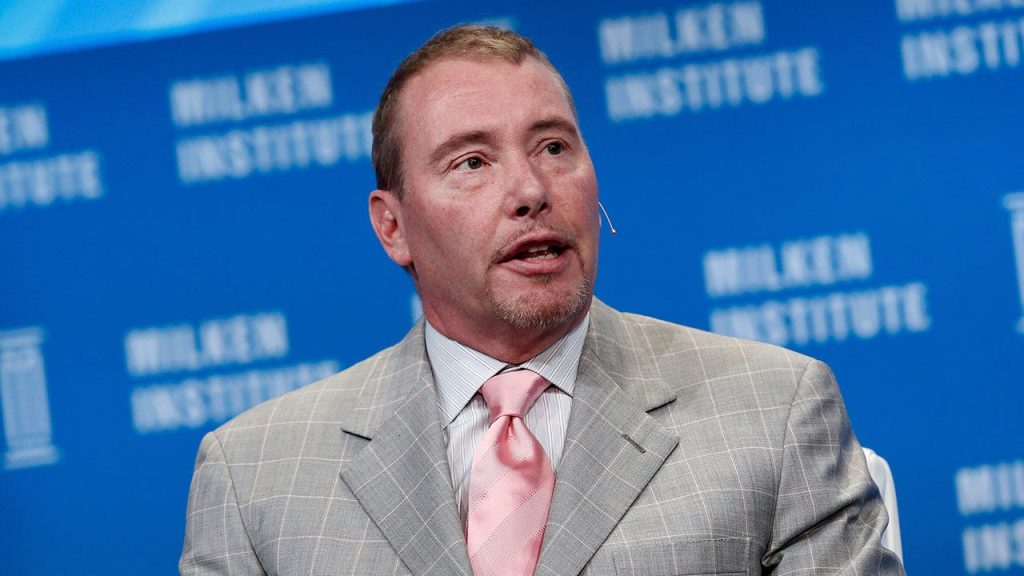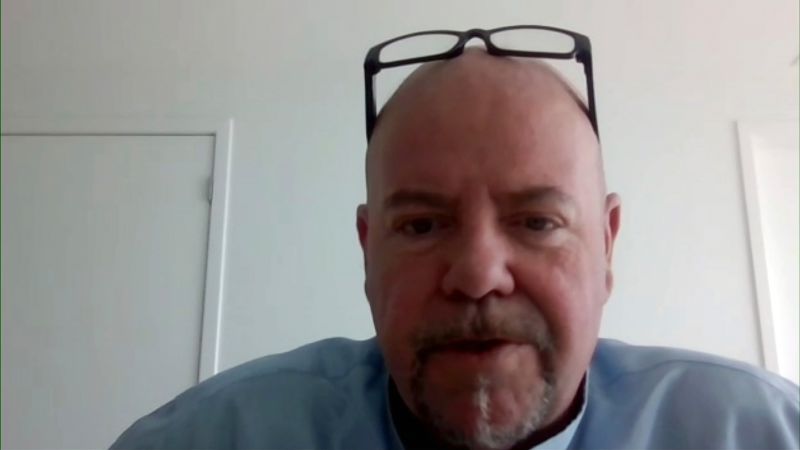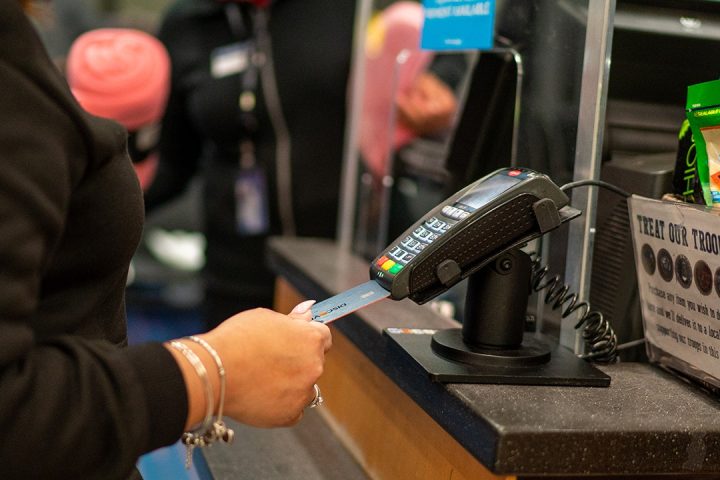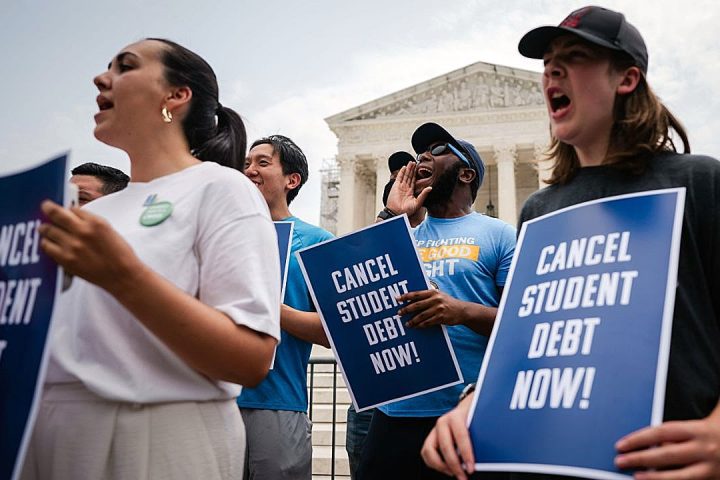College tuition can sometimes cost $10,000 more than budgeted, but despite the unexpected expense, many students are making ends meet, a recent survey said.
About 66% percent of college students said college costs were more than they expected and 26% said that these costs rang in at about $10,000, according to a College Ave survey of college students at four-year universities conducted by Barnes and Noble College Insights.
The cost of higher education remains a significant expense for families who often underestimate the price as costs have skyrocketed over the last 40 years, even after adjusting for inflation, according to figures reported by the Education Data Initiative.
From 2000 to 2020, average post-secondary tuition inflation outpaced wage inflation by 111.4% between 2000 and 2020. Today, students, on average, can expect to pay $26,027 per year to attend a public four-year in-state university. Out-of-state students and those attending a private school typically pay more.
“Perhaps that’s why the majority report that paying for college is stressful (68%) and, for some, confusing (46%),” College Ave said. “Despite the surprises, stress and confusion, many college students demonstrate a remarkable commitment to their education and find resourceful ways to fund their college education while balancing their personal financial goals.”
If you are currently in school or starting soon, and you need more financial aid than what you can receive through the Free Application for Federal Student Aid (FAFSA), consider taking out a private student loan. Visit Credible to find your personalized rate without affecting your credit score.
BIDEN WANTS TO GIVE HOMEBUYERS $400 PER MONTH: STATE OF THE UNION
Here’s how students pay for college
Roughly half (51%) of the respondents said they relied on scholarships, grants and merit aid to help pay for college, according to the College Ave survey.
It showed 53% of students who received merit aid in their first year of college received upwards of $20,000. For close to half (48%) of those receiving merit aid, that amount stayed the same or increased over their years in school.
Students also relied on a mix of federal and private student loans to make ends meet. These students calculated that they would borrow an average of around $39,000 throughout college. Roughly 40% of those funds will come from borrowed federal student loans, while 16% will be private student loans.
In addition, 37% said they planned to tap their personal savings or income to pay for their higher education.
“The College Ave survey highlights the active financial role students play in achieving their higher education goals,” College Ave Chief Marketing Officer Angela Colatriano said. “Whether it’s earning good grades and excelling at extracurriculars to be competitive for scholarships, or working and saving money to help pay for college, students are showing they are determined, resilient and driven.”
If you hold private student loans, you won’t be enrolled in a federal income-driven repayment plan, but you could refinance your loans to a lower rate. Visit Credible to compare options from different lenders without affecting your credit score.
HOMEBUYERS GAINED THOUSANDS OF DOLLARS AS MORTGAGE INTEREST RATES FALL: REDFIN
Biden cancels more student debt
Announcements of federal student loan forgiveness have increased in frequency this year, even as President Joe Biden’s initial debt cancelation plan was blocked by the Supreme Court in June. The Education Department recently said that roughly $167 billion of student debt has been forgiven for 4.75 million Americans. Forgiveness has primarily come through revamped income-driven repayment plans.
Biden also proposed a new federal student debt forgiveness plan. The plan would waive up to $20,000 for millions of borrowers whose balances have grown because of unpaid interest and automatically discharge debt for borrowers eligible for loan forgiveness under SAVE, closed school discharge, or other forgiveness programs, even if they are not enrolled.
Additionally, student debt for borrowers who entered repayment for 20 or more years would be discharged. The plan would also provide relief to borrowers who experience hardship in paying back their loans.
If you’re having trouble making payments on your private student loans, you won’t benefit from federal relief. However, you could consider refinancing your loans for a lower interest rate to lower your monthly payments. Visit Credible to get your personalized rate in minutes without affecting your credit score.
HIGH HOMEOWNERS INSURANCE RATES SCARING AWAY FLORIDA HOMEBUYERS, OTHER STATES FACE THE SAME ISSUE
Have a finance-related question, but don’t know who to ask? Email The Credible Money Expert at [email protected] and your question might be answered by Credible in our Money Expert column.
Read the full article here
